The barbell bench press is the golden action to develop the chest ...... This phrase no doubt you have heard the ears calloused. The phrase itself is not wrong, but many partners seem to fine tasting the exclusivity.
Could it be that the only prime action for chest is the barbell bench press? The others are general?
Although no one piece of equipment is the best, different types of equipment are designed to target different movements. Barbells are generally considered to be more effective in training maximal strength, but today we really have to give the dumbbells a hard time.
Used primarily for joint isolation movements, dumbbells do much more than people think - using dumbbells for full-body, multi-planar movements can train muscle strength from multiple angles that barbells can't match.
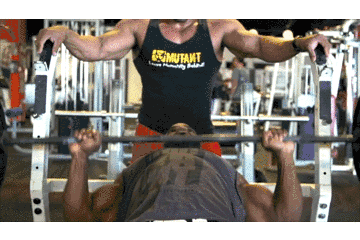
Are you sure you really know a few important advantages of dumbbell movements?
Muscle activation
Since dumbbell movements require more balanced and stable muscles, the body will maximize the recruitment of muscle fibers in the target muscles and assist in stabilizing the muscles in a way that barbells cannot. In addition, dumbbell movements require coordination inside and outside the muscles, which will make the muscles more active and can significantly improve coordination between different parts of the body, resulting in greater progress in muscle strength, development and stability.
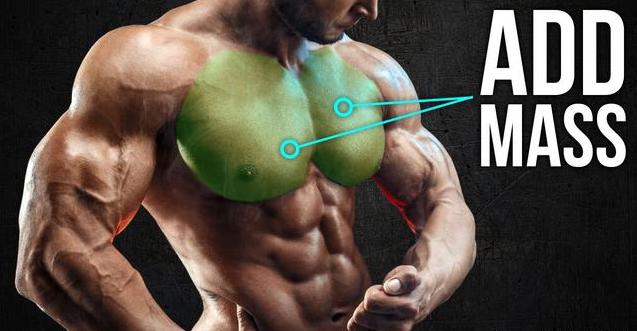
Unilateral training
Using dumbbells will force both sides of the body to bear the same amount of weight, thus helping you to overcome existing muscle size or strength imbalances, which is one of the most common problems trainers face today.
Muscle imbalances can lead to a weird looking, unbalanced physique and therefore must be addressed properly. Most people have dominant strong muscles in their bodies, and when using a barbell, the strong side tends to compensate for the weaker side, which is hard to notice. With dumbbells, muscle imbalances are easy to spot and can be easily resolved.
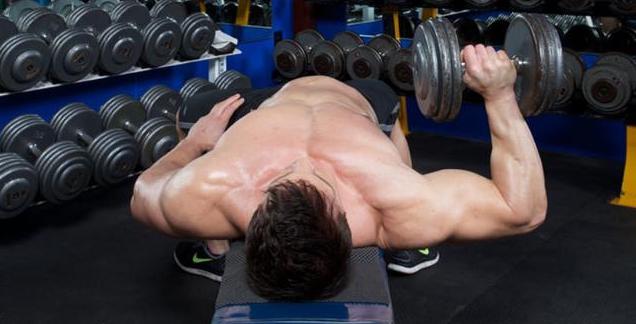
Joint safety
It's no secret that dumbbell movements are more joint friendly than barbell movements. When you use dumbbells, your hands aren't fixed in a certain position, which allows you to move more naturally and accomplish a greater range of motion.
If you have had a joint injury, or if your joints hurt when using a barbell, you should try doing it with dumbbells so that you can change the form and technique of the movement to accommodate the joints and continue training, which is not possible with barbell movements.
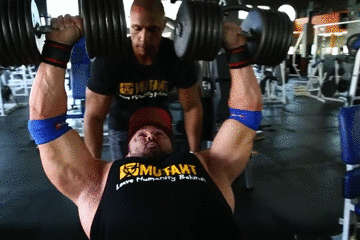
Cost and practicality
If you are someone who likes to train in your own home gym, investing in a bunch of better quality dumbbells will definitely be worth the money, especially if you have limited space at home. While barbells and barbell plates are cheaper than specialized equipment, they are still more expensive than dumbbells.
On the other hand, most machines can only do one or two movements, while dumbbells offer a large range of motion and almost every barbell movement can be performed with dumbbells.
Dumbbell Bench Press
One great way to incorporate more dumbbell movements into your training is to use dumbbells instead of barbells, which are the kings of chest movements. The dumbbell bench press has an effect that no other chest exercise can provide, allowing for rapid and massive pectoral muscle growth.
The training targets of the dumbbell bench press are the anterior deltoid, triceps and chest muscles, while the rhomboids and anterior serratus are involved as secondary muscles to complete the movement.
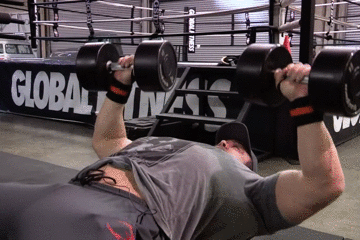
The main benefit of using dumbbells is that it requires you to have more muscles involved compared to barbell and machine bench presses, and it activates the lower fibers of the pectoral muscles better - because when you use dumbbells, the hands are free to move around the body, so the lower pectoral muscles get a better workout. Of course, the results can only be achieved if you apply the correct posture and technique to this great movement. Read the tips below to make sure you're doing it right.
How to perform the dumbbell bench press correctly?
Lie on a bench with your arms in front of your chest, grab the dumbbells with both hands and place your hands above your eyes.
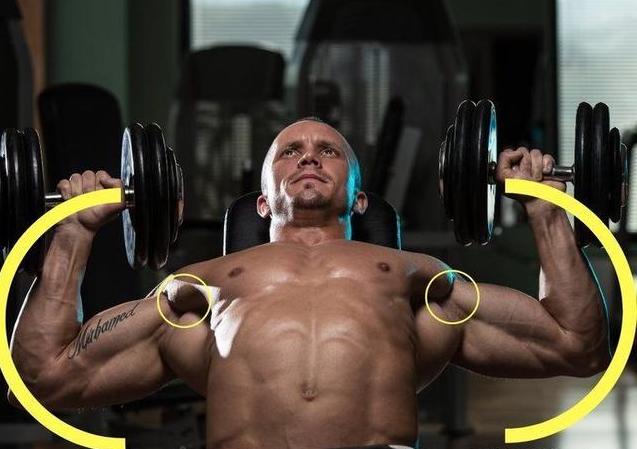
Bend your elbows to your sides, thus lowering the weight and creating a slight arch. The lowering phase should be performed in a slow and controlled manner. In the final position of the movement, the upper arms should be parallel to the floor.
Allow the dumbbell to gently touch your chest, then extend your elbows to push the dumbbell upward. Push your muscles upward with full force for 1-2 seconds. Keep the two dumbbells as far apart as possible to avoid unnecessary tension on the triceps.
At the top of the movement, squeeze the chest muscles together. Some bodybuilders will lock their elbows, while others feel this puts too much pressure on the joints, so it's up to you. A good rule of thumb is to not lock your elbows up if they feel too uncomfortable.
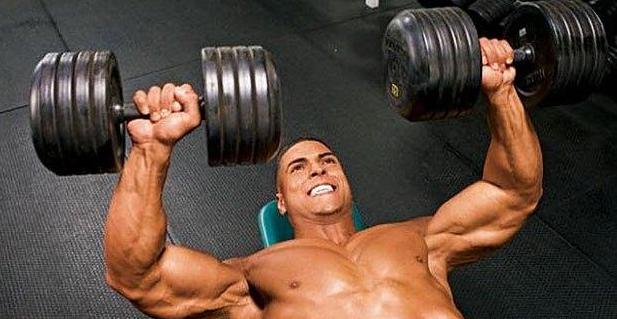
Perform 3 sets of 8-12 reps, choosing the right weight to make the last few movements more difficult to complete.
Common Mistakes
Too heavy dumbbells
People make this mistake without thinking. Choosing a weight that you can't complete will not only prevent you from completing the movement in proper form, but will also limit your range of motion, reducing the effectiveness of the movement and increasing your risk of injury.
A better approach is to make sure you have mastered the position and technique of the bench press before training with large weights. Avoid the urge to satisfy your ego and train with your feet on the ground.
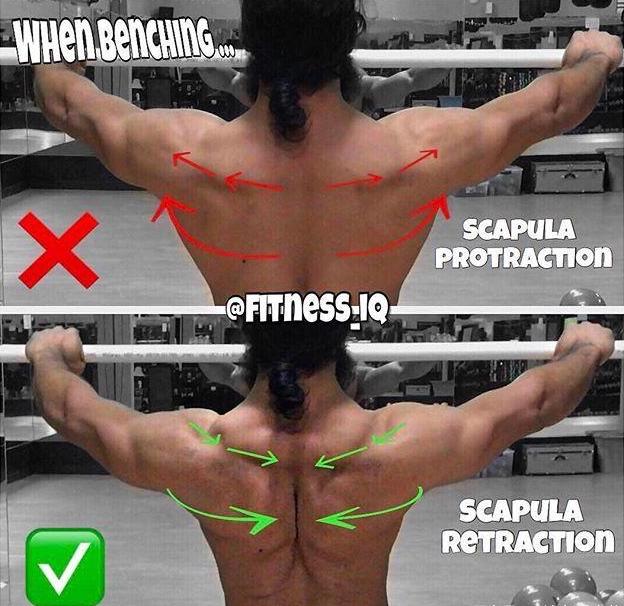
Neglecting the rotator cuff
Weak rotator cuff muscles are often one of the biggest problems for trainers. The rotator cuff is located near the shoulder and is engaged during every push and pull movement, so any weakness in this area can impair performance or increase the chance of injury, especially with heavy weights and poor conditioning. That said, bench presses can put a lot of stress on the rotator cuff muscles, so to avoid rotator cuff tears and similar debilitating injuries, be sure to pay attention to your movement position and make sure to include rotator cuff training in your warm-up session.
Arching the back
Arching your back during the bench press is classified as cheating because it decreases range of motion and will make it easier to use momentum to push the dumbbells upward. This of course reduces the effectiveness of the movement because the limited range of motion reduces the amount of muscle fiber recruitment, so why do it? On top of that, arching your back directly increases the risk of injury to your lower back, which can seriously damage the progress of your weight lifting and muscle building.

No one to protect
It is important to have someone to protect you during any free weight movement because there is always a risk of the muscles being defeated by the weight. Having someone to protect you can be very useful when you are struggling to complete the last few movements, or when you are unsure if you are moving in the right position. Most importantly, instead of lowering the weight in an unsafe manner, a protector can help you at a critical moment when you realize you can no longer control the dumbbell, and you can signal to the protector to safely remove the dumbbell from your hand.
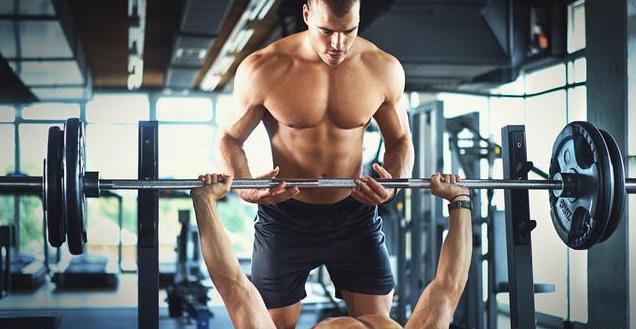
Lifting while pushing up
Unfortunately, this is another very common mistake that beginners and experienced lifters alike make. Your head, shoulder blades and hips should always be touching the bench throughout the movement. Lifting your head and neck during the bench press can lead to neck pain and injury, eventually causing excessive back flexion called a hunchback.
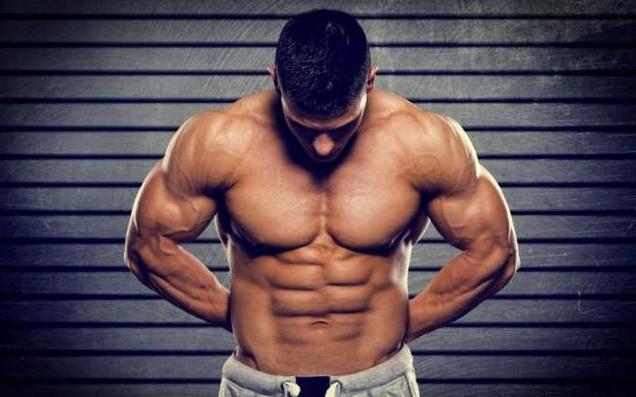
Of course, there are no absolutes in training, and there is no absolute who is better or worse with dumbbells and barbells. To be able to achieve a balanced development, what suits you is the best.
Popular Articles
-
Home storage tips ---- hidden storage

-

Photos
The world's most beautiful big cities at nightApr 18, 2025
-
 Join these 6 moves to get firm and slender legs
Join these 6 moves to get firm and slender legsApr 18, 2025
-
 Pick a chopping board that suits your needs, so you can cook with ease
Pick a chopping board that suits your needs, so you can cook with easeApr 18, 2025
-
 These "home essential" recommended good things, small objects of great use!
These "home essential" recommended good things, small objects of great use!Apr 18, 2025
-
 How to build muscle scientifically? How many of these golden muscle building guidelines are you doing right?
How to build muscle scientifically? How many of these golden muscle building guidelines are you doing right?Apr 18, 2025







Comments
0